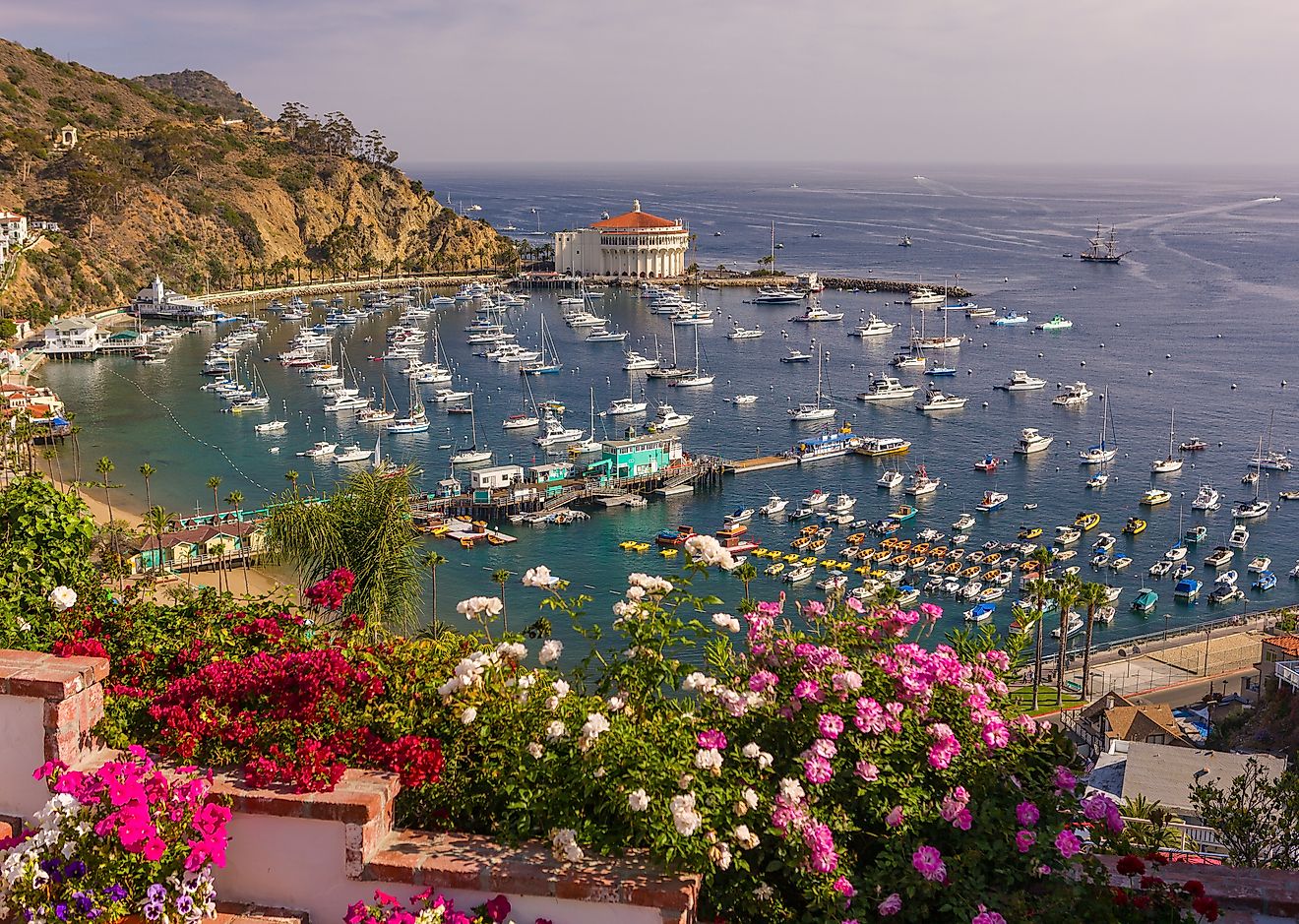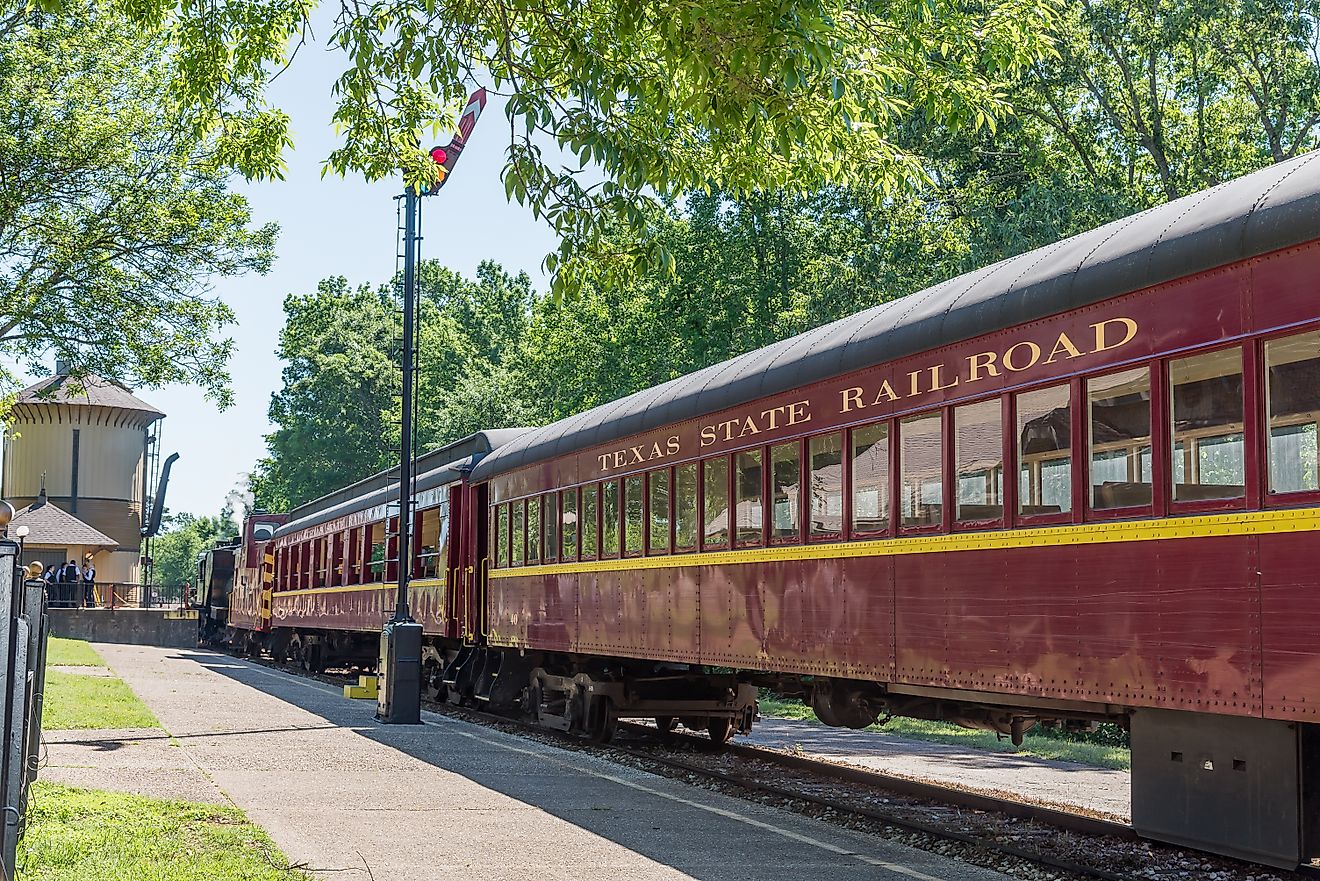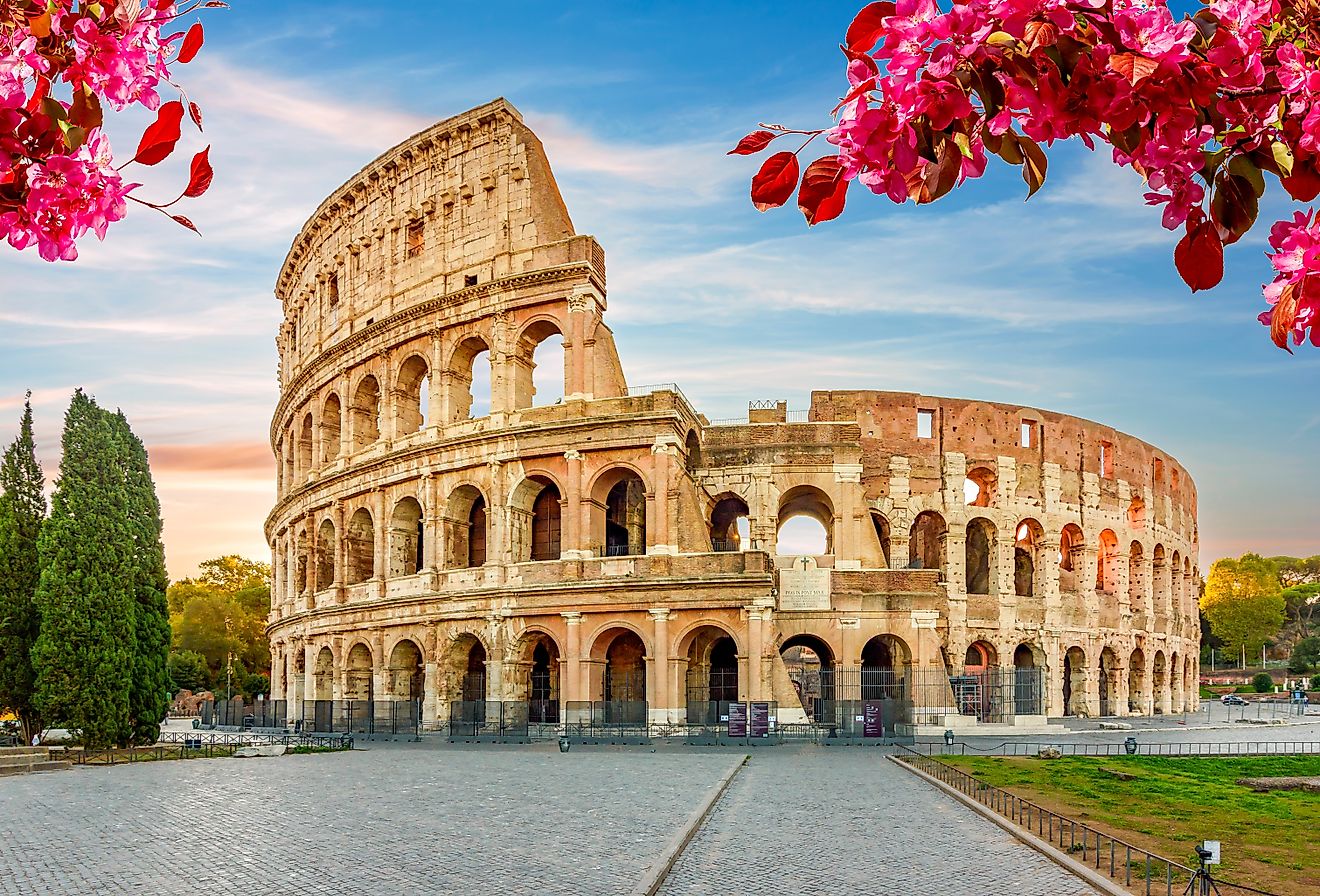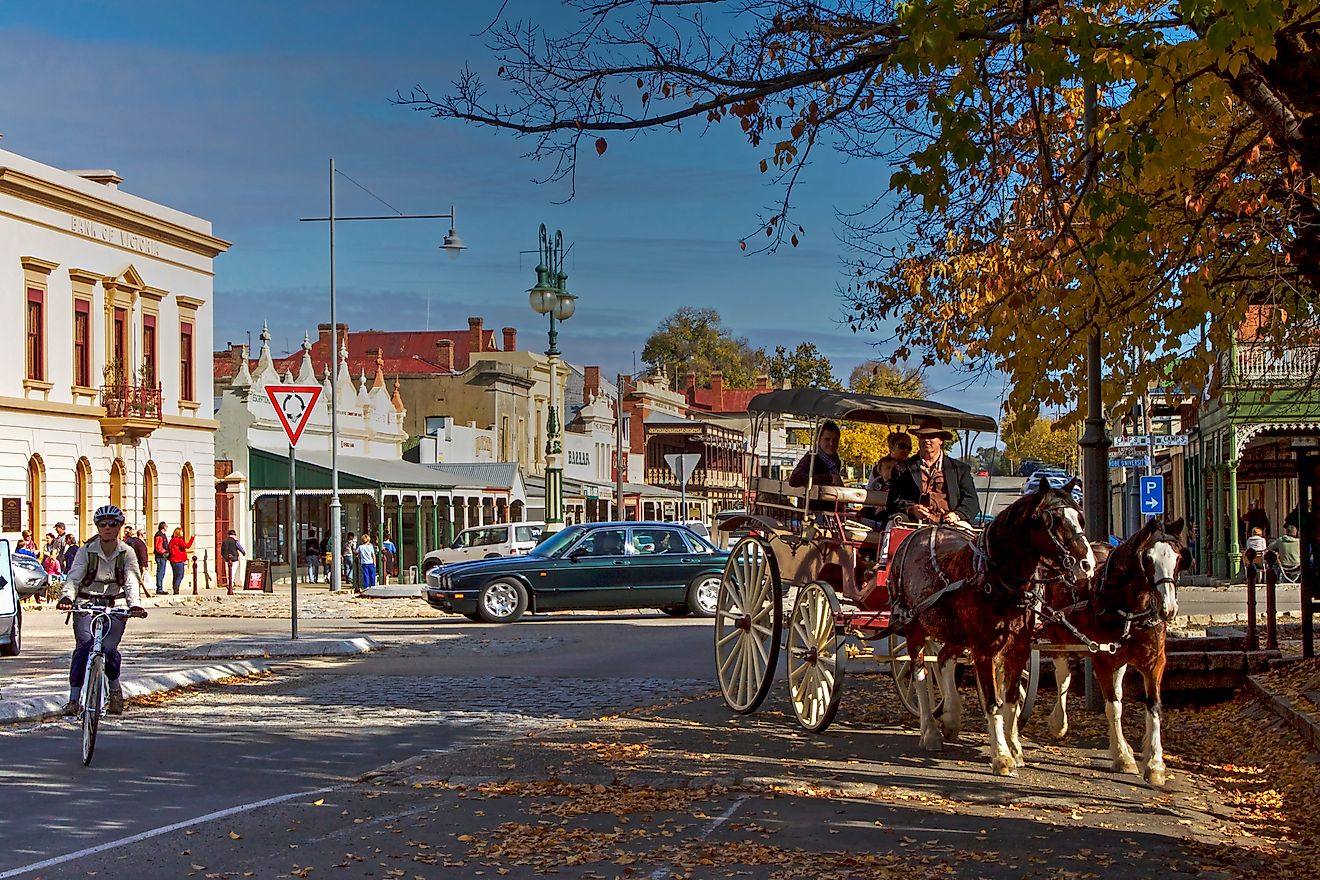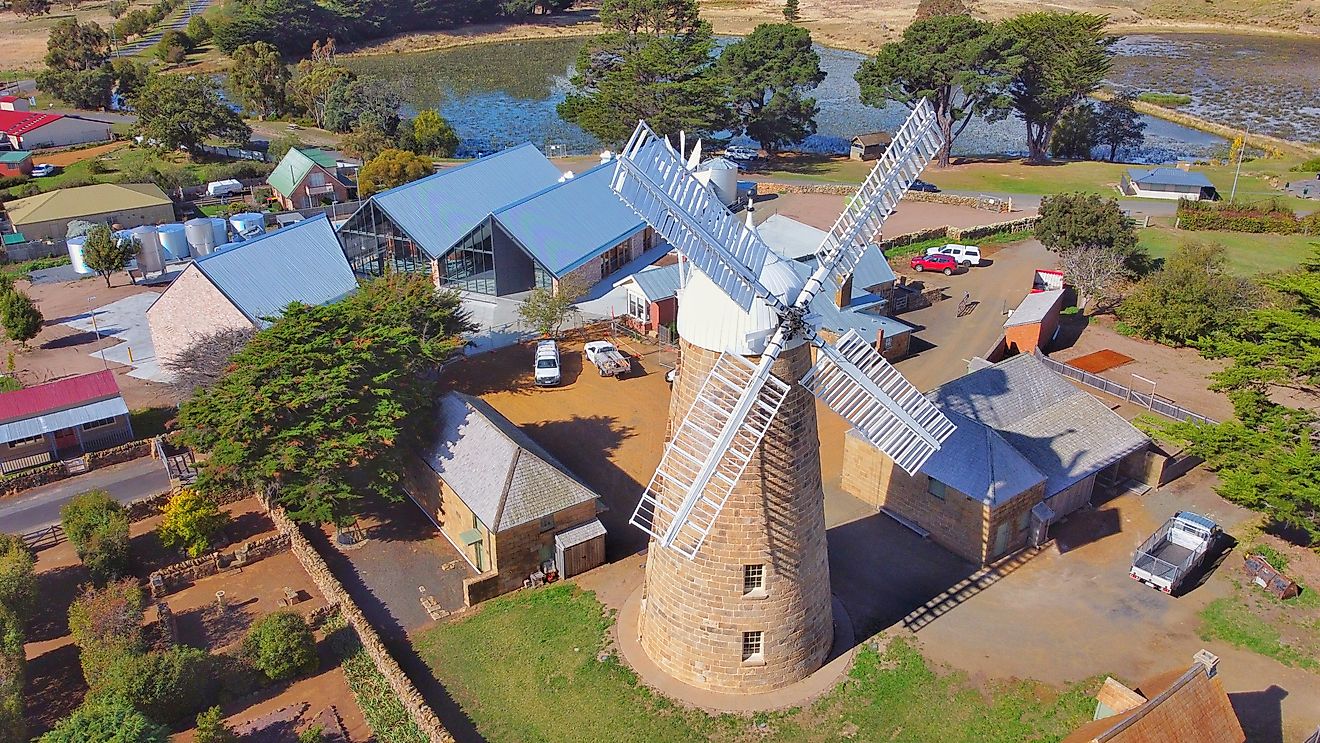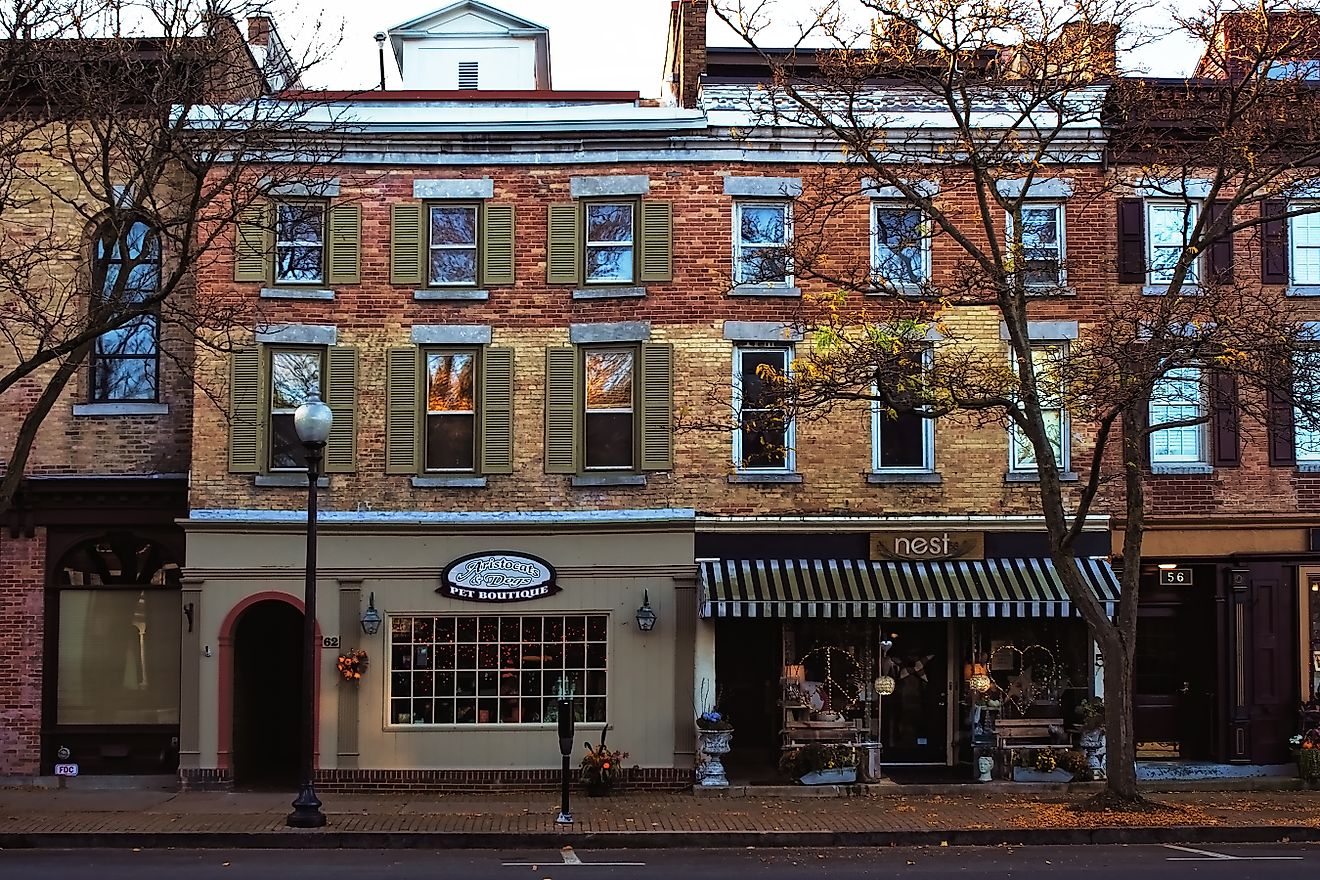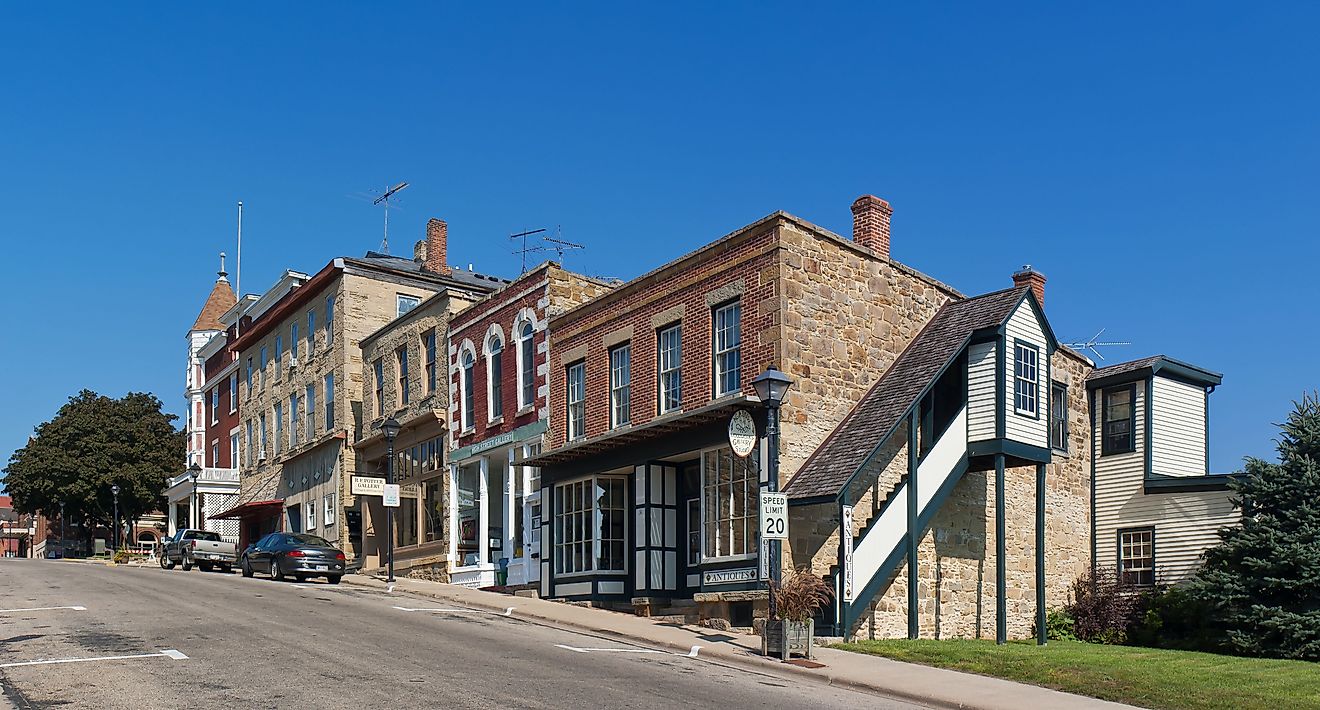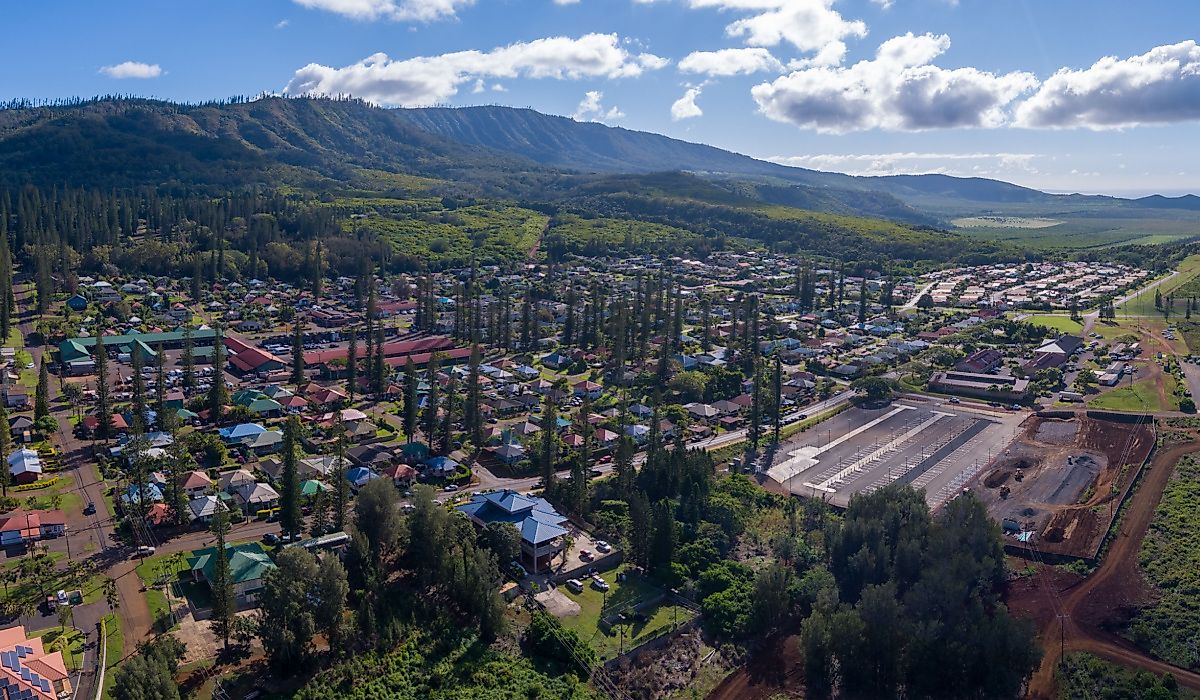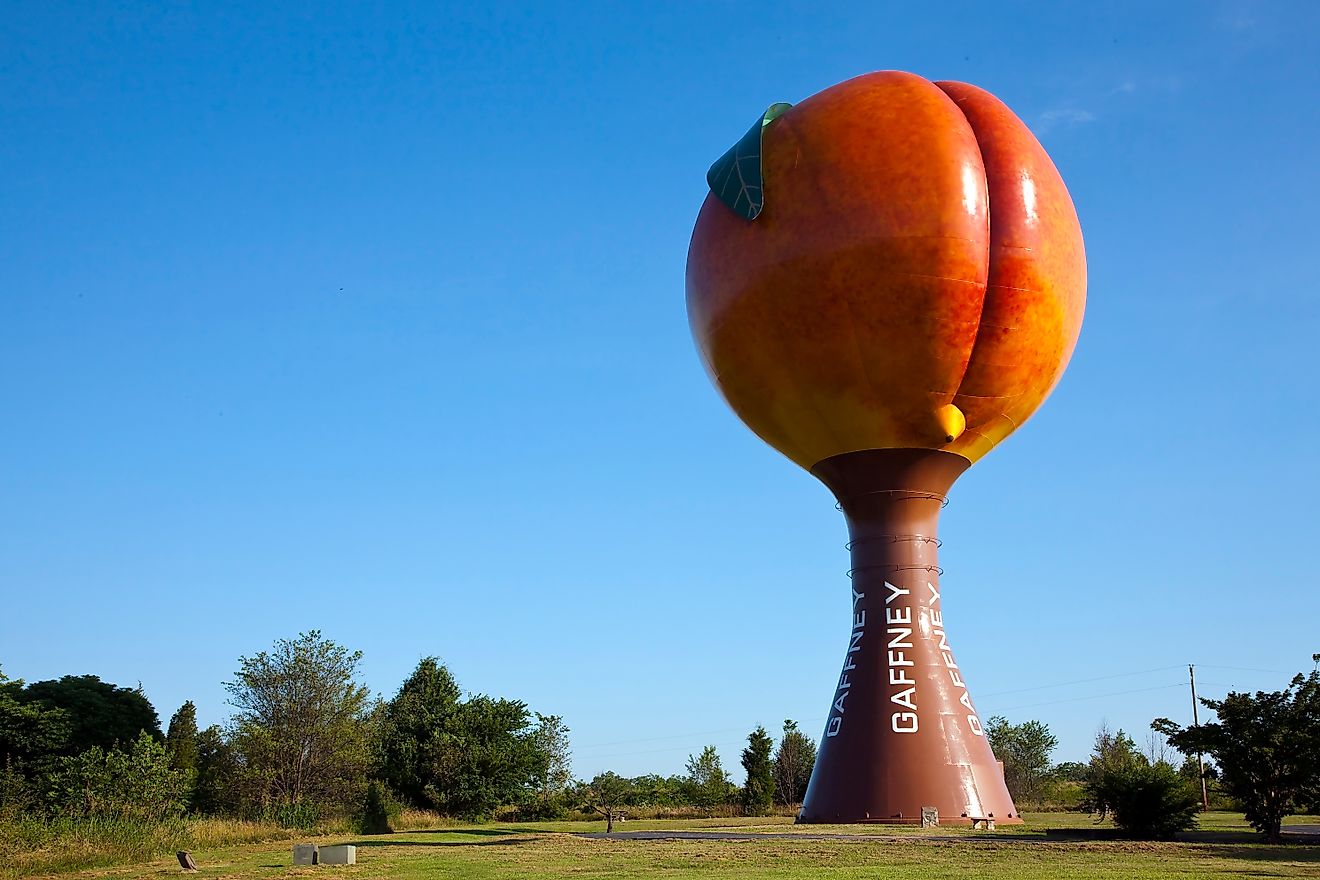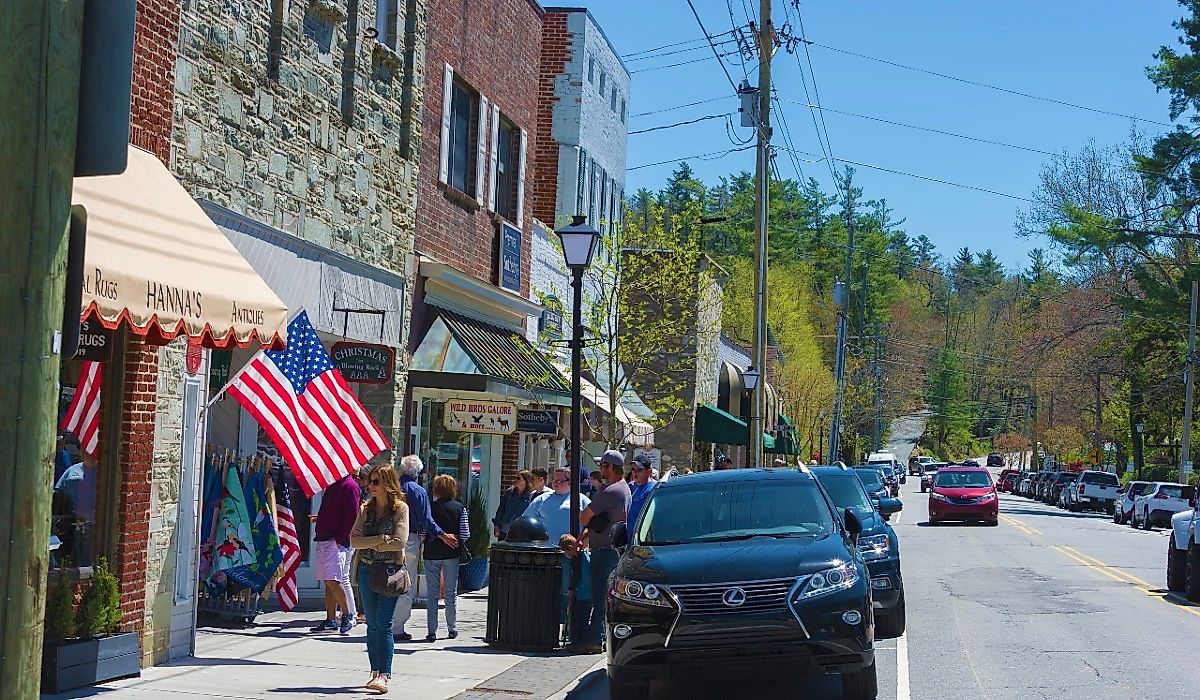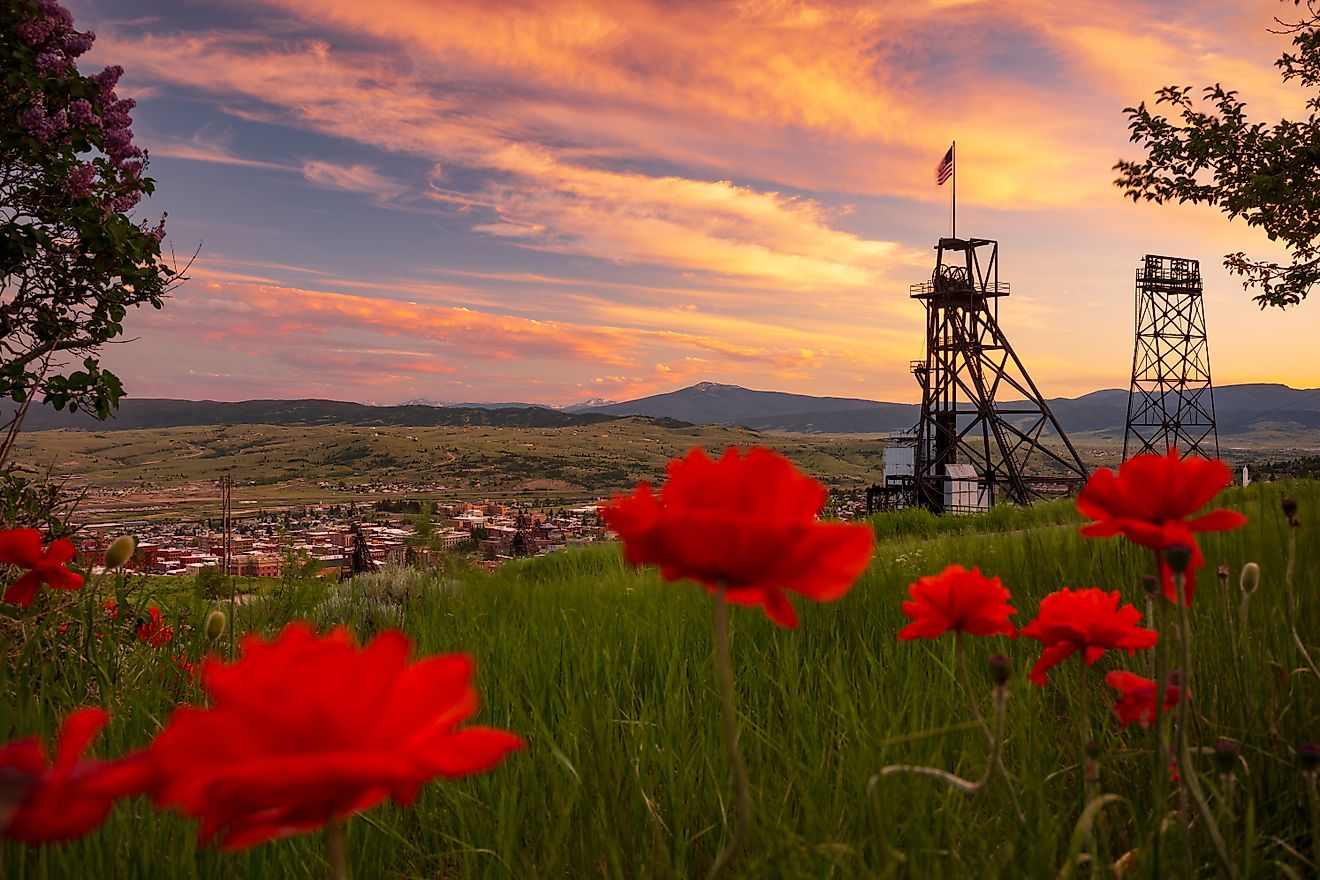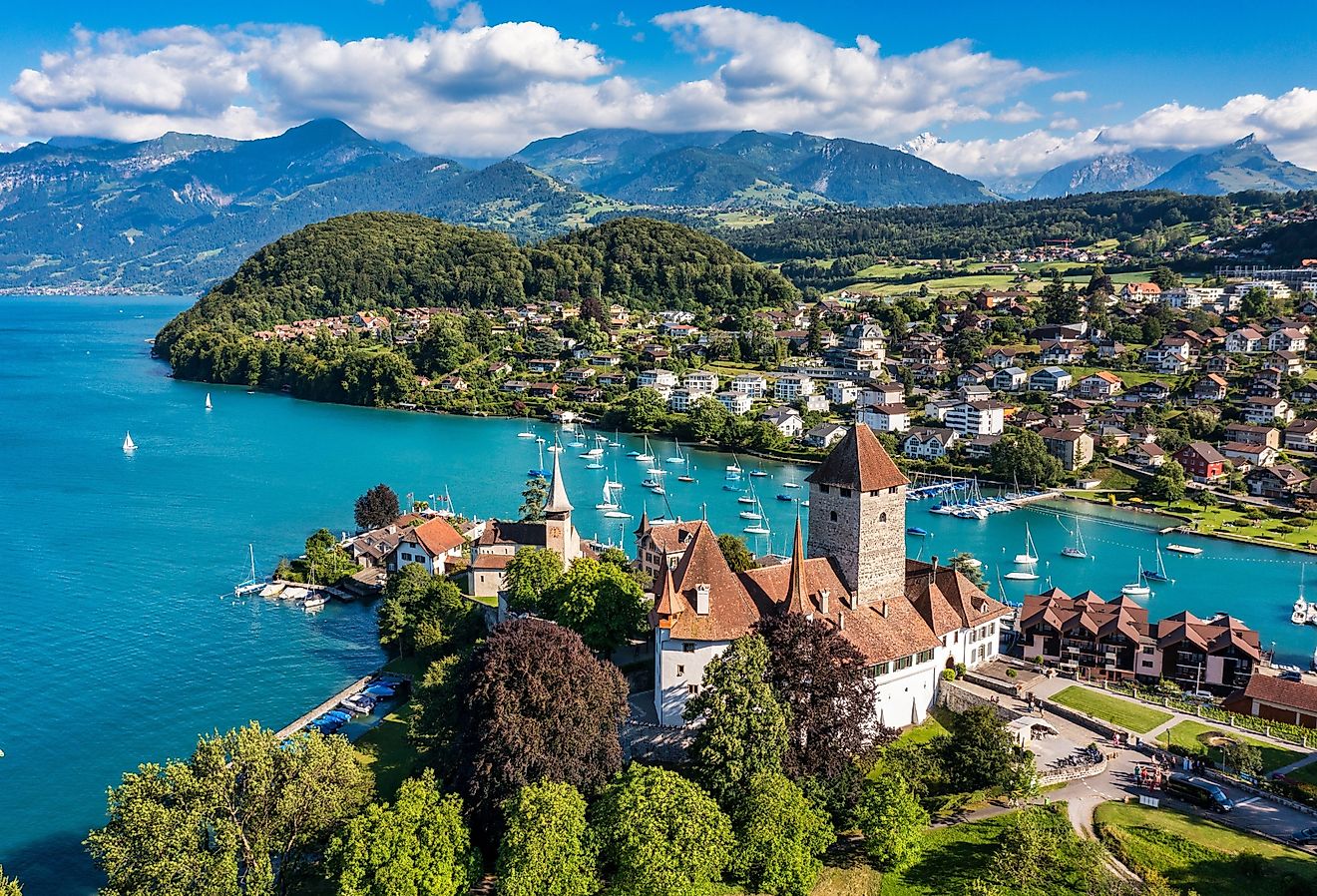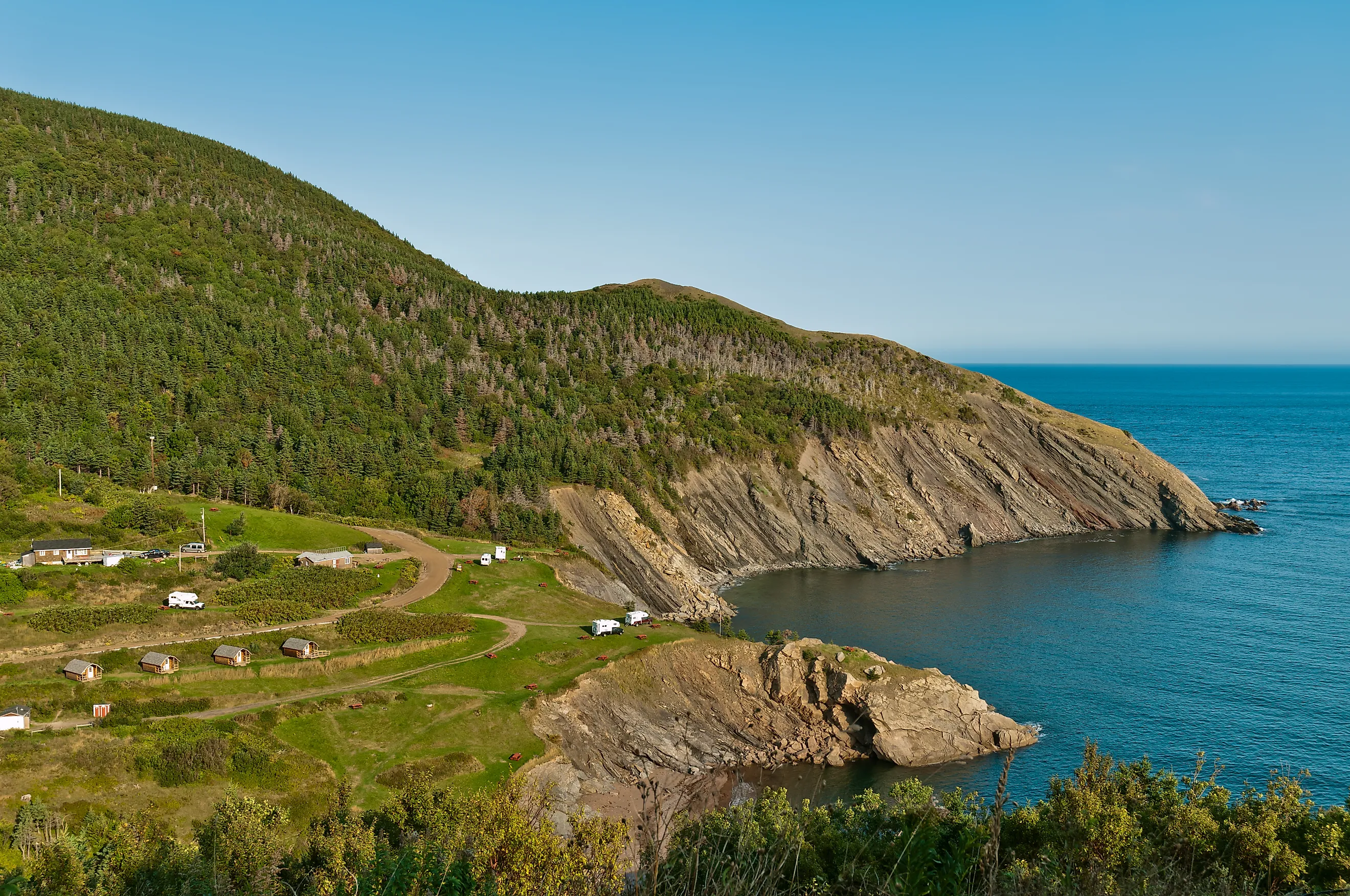
7 Bizarrely Named Towns In The Maritimes
If you think the Maritime provinces in Canada are all lighthouses, lobster traps, and local legends, take a closer look at the map and you’ll spot something else: towns with names that make you do a double take. From villages that sound like the punchline of a joke to bays named after birds, these eccentric monikers come with even quirkier backstories. Whether it’s a UFO crash site in Shag Harbour, a rodent-related legend in Souris, or the world’s largest axe in Nackawic, these seven bizarrely named towns prove the Maritimes have a sense of humor as big as their coastline.
Shag Harbour, Nova Scotia
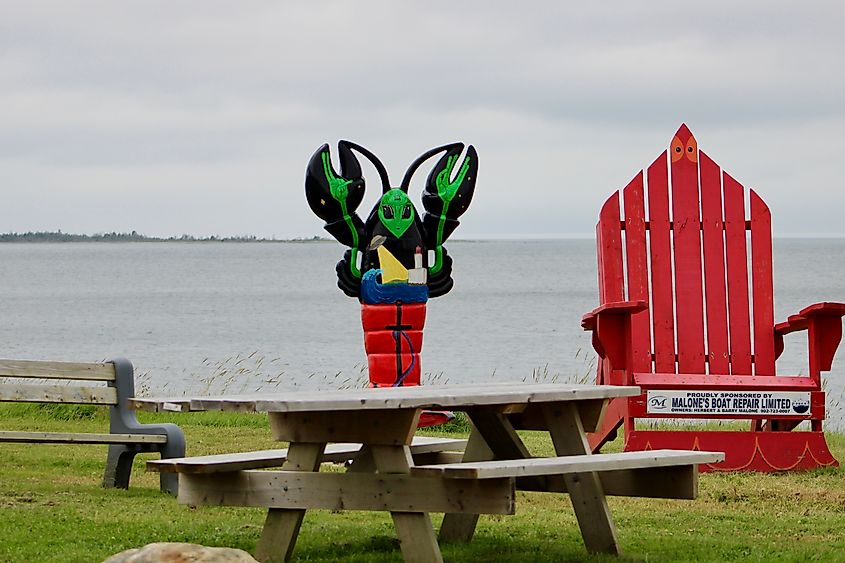
Shag Harbour is a small fishing village at the southwest tip of Nova Scotia, a must-stop destination on the scenic Lighthouse Route that follows the province’s South Shore along the Atlantic Ocean. Despite its bizarre name, which might elicit a giggle or two, the town is actually named after the shag bird, a species of the cormorant family. However, it isn’t its eyebrow-raising name that put Shag Harbour on the world map; rather, it is most well-known as the site of Canada’s famous UFO sighting on October 4, 1967. Locals reported seeing four glowing orange lights in the sky briefly before diving at a 45-degree angle and hovering over the water’s surface, then disappearing.
Many theories have been put forward over the years, including the presence of a Russian spacecraft and rumors of a US cover-up, but to date, there is no agreement as to what crashed into the waters off Shag Harbour that night. If you’re into all things extraterrestrial, visit the Shag Harbour UFO Interpretive Center or attend this year’s Shag Harbour UFO XPO with other UFO enthusiasts from October 3 to 5, 2025, in nearby Yarmouth, Nova Scotia.
Souris, Prince Edward Island
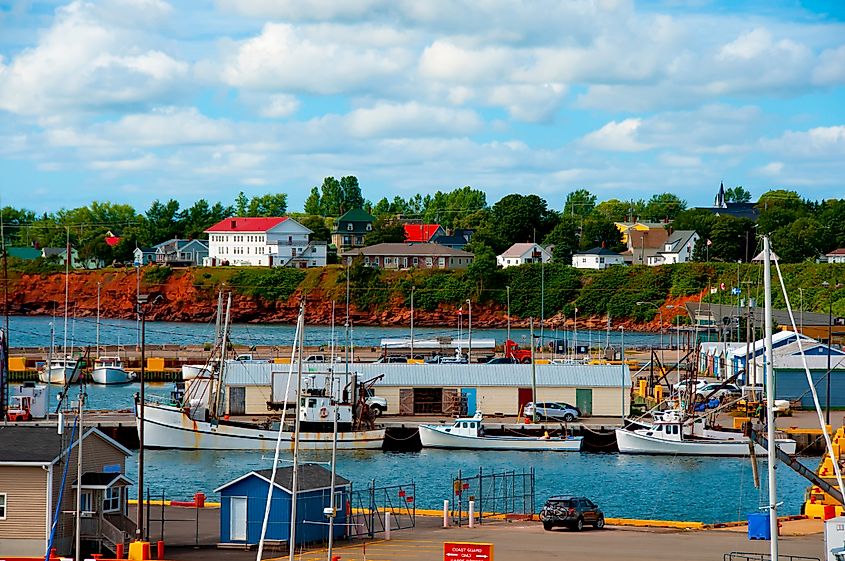
Souris is a picturesque seaside town on Canada’s Prince Edward Island. For years, it was thought that the town earned its rodent-esque moniker - "souris" is French for “mouse” - due to a plague that blanketed the island in the early 1700s. Today, there is actually no direct evidence that Souris was named after mice, or that the roving bands of mice were unique to PEI.
Regardless of its origins, the town of Souris has embraced its name with a cute mascot named Morgan the Mouse, who welcomes tourists with plenty of cheesy seaside charm. A few top sites to see include the Souris Historic Lighthouse, built in 1880, where you can climb the 45 steps to the top for a panoramic view of the Northumberland Strait. Basin Head Provincial Park is also nearby, with its pristine beaches, Basin Head Fisheries Museum, and “singing sands” when stepped on, thanks to its high silica content.
Meat Cove, Nova Scotia
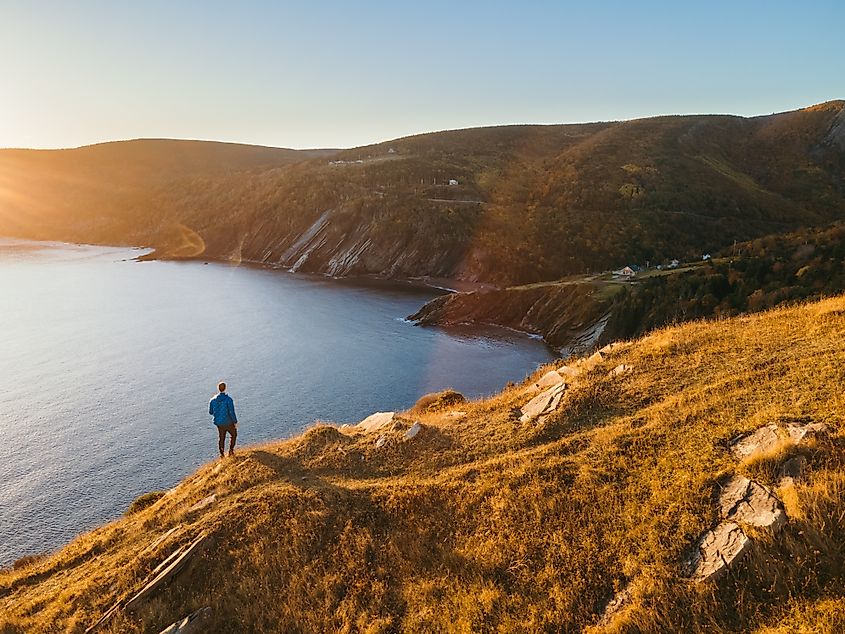
Meat Cove is a rural fishing community at the northern end of Cape Breton Island in Nova Scotia. It is believed the name dates back to the days when hunters used the site to butcher their game. Initially colonized by the Scottish settlers, Cape Breton Island celebrates this heritage through music, Celtic festivals, Gaelic signage, and tartan everywhere you look.
Located along the stunning 185-mile Cabot Trail, one of the Seven Wonders of Canada, Meat Cove is endearingly remote and rugged. If roughing it in the highlands of Cape Breton is your jam, spend a day in Meat Cove hiking and whale watching, then check into the Meat Cove Campground. The campground features 30 campsites and four wilderness cabins to choose from. There are also shower facilities, as well as kayak rentals, and miles and miles of hiking and bike trails.
Nackawic, New Brunswick
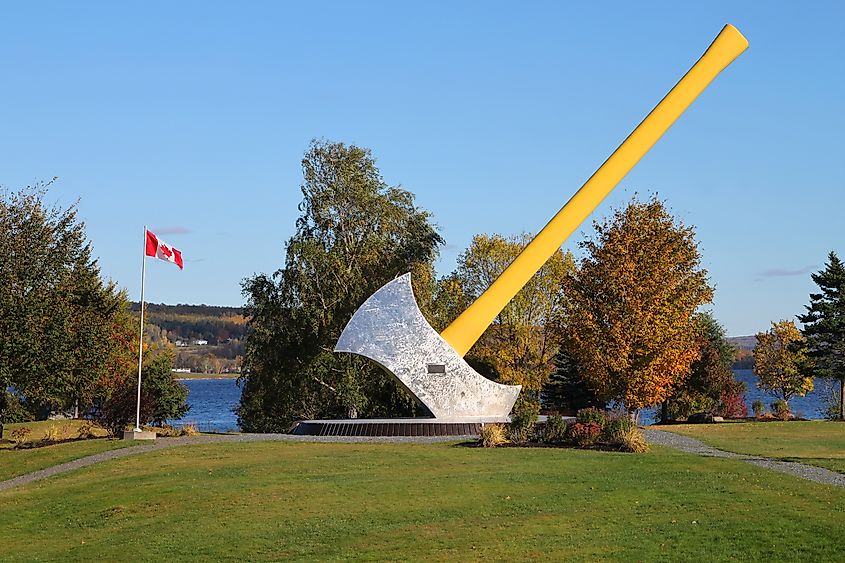
About 30 minutes from New Brunswick’s capital, Fredericton, the rural community of Nackawic is like getting two-for-one, thanks to its unusual name and quirky landmark. An outdoor enthusiast’s paradise on the magnificent Saint John River, the name “Nackawic” comes from the Indigenous Maliseet language and refers to the visual effect created where the Saint John River meets the Nackawic stream.
Known as the “Forestry Capital of Canada,” the town pays tribute to the importance of its heritage with the “World’s Largest Axe.” Take a selfie in front of the giant tool, then head over to Big Axe Brewing, a local craft brewery whose playful motto is “craft beer that kicks axe.” Enjoy a Lizze Border Amber Ale or a Pure Soleil Cider, then pitch a tent at Sunset View Campground right across the river from the brewery, or go a little further afield to beautiful Mactaquac Provincial Park, which features 300 camping sites, an 18-hole golf course, walking trails, beach access, and more.
Crapaud, Prince Edward Island

One of the first villages incorporated on P.E.I., Crapaud is about 30 minutes west of Charlottetown, the capital city, and is a popular stop on one of the longest highways in the world, the Trans-Canada Highway. Pronounced “crap-oh,” the town’s name comes from the French word for “toad.” The small village plays host to the Crapaud Exhibition every summer, one of the longest agricultural fairs on the island, and celebrates its rural roots at nearby Island Hill Farm, where you can experience farm life first-hand, enjoy wagon rides, shop for artisanal products at Farmer Flory’s Shoppe, and savor a homemade cinnamon roll and espresso in Flory’s Café.
Bouctouche, New Brunswick
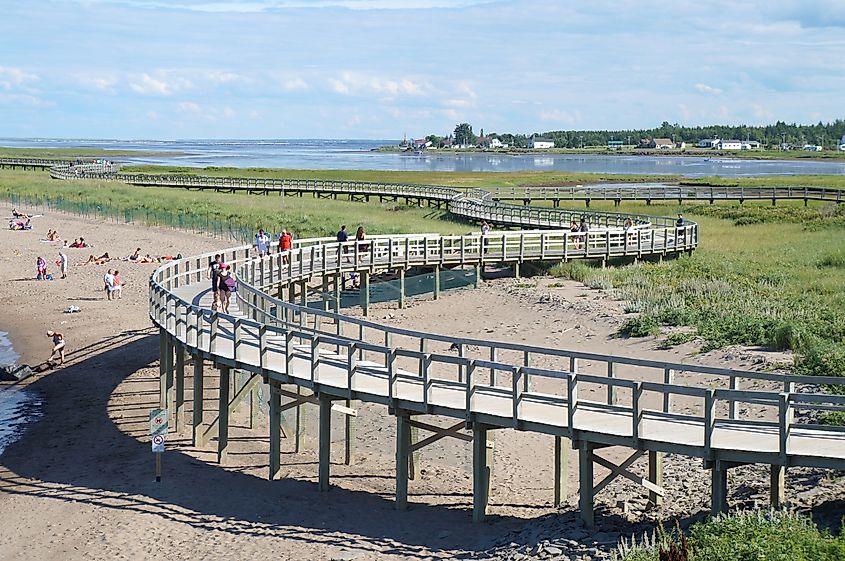
Bouctouche (pronounced “book-toosh”) is the perfect combination of picturesque scenery and seascapes, sitting at the mouth of the Bouctouche River, which flows into the Atlantic Ocean. It owes its interesting name to the Mi'kmaq, who called it “Chebooktoosk,” or great little harbour. There is plenty to see and do in this riverside town, home to one of the few great remaining sand dunes on the northeastern coastline of North America. To learn more about the dunes, the variety of marine and aquatic plants and animals that live there, visit the Irving Eco-Centre.
Celebrate Acadian heritage, language, music, and storytelling at Le Pays de la Sagouine, a cultural attraction inspired by the works of famous Acadian author Antonine Maillet. Immerse yourself in the author’s imaginary world by crossing a boardwalk to visit the colorful village built on Île-aux-Puces (Flea Island) in Bouctouche Bay, where you’ll find live theater performances, shops, and restaurants like La Terrace, serving local seafood and Acadian dishes.
Dingwall, Nova Scotia
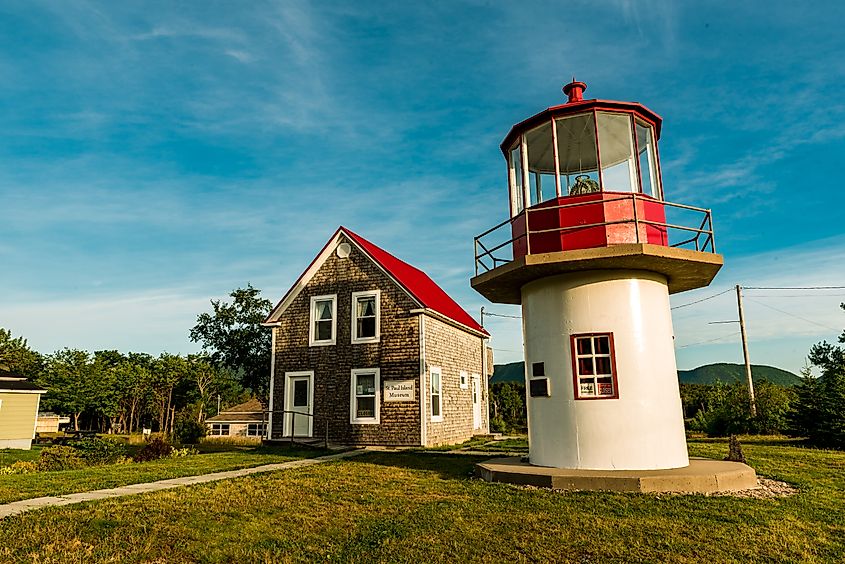
Located north of one of Nova Scotia's national parks, the awe-inspiring Cape Breton Highlands National Park, the small coastal town of Dingwall is surrounded by lush forests, deep canyons, mountains, and the Atlantic Ocean. For most of the 19th century, Dingwall was initially known as Young’s Cove in honor of Walter Young, one of the early settlers to the area, until the owner of the general store and post office, Robert Dingwall, lobbied to change the name.
Dingwall is also home to the federally-designated heritage lighthouse on St. Paul Island. The first cast-iron lighthouse made in Canada, the St. Paul Island Southwest Lighthouse and Museum was built in 1915 and relocated to Dingwall in 2010. Minutes away from the renowned Cabot Trail, a trip to Dingwall is worth spending an overnight or two at The Markland. This seaside retreat offers coastal beach cottages overlooking the ocean, a restaurant celebrating local seafood, a swimming pool, and nightly marshmallow roasts. Outdoor enthusiasts will find plenty of activities like cycling, hiking, whale watching, or simply beachcombing along Dingwall Beach to keep busy.
Summary
These seven bizarrely-named towns do more than make us smile; they spark curiosity, encourage storytelling, and often become part of a community’s identity. In the Maritimes, some place names came from the names of early settlers, or, in the case of Dingwall, a determined merchant postmaster. Throw in a few French- and English-speaking settlers, and a dash of Mi’kmaw culture, and you’ve got a coastline dotted with names that are as colourful and varied as the history they come from.
